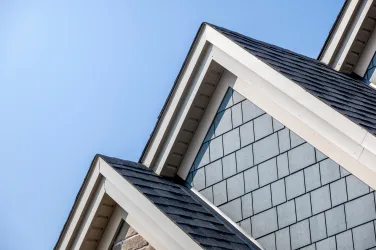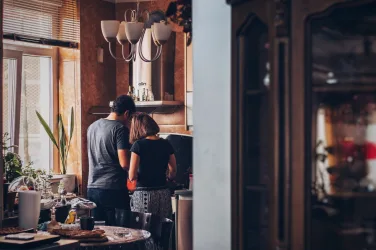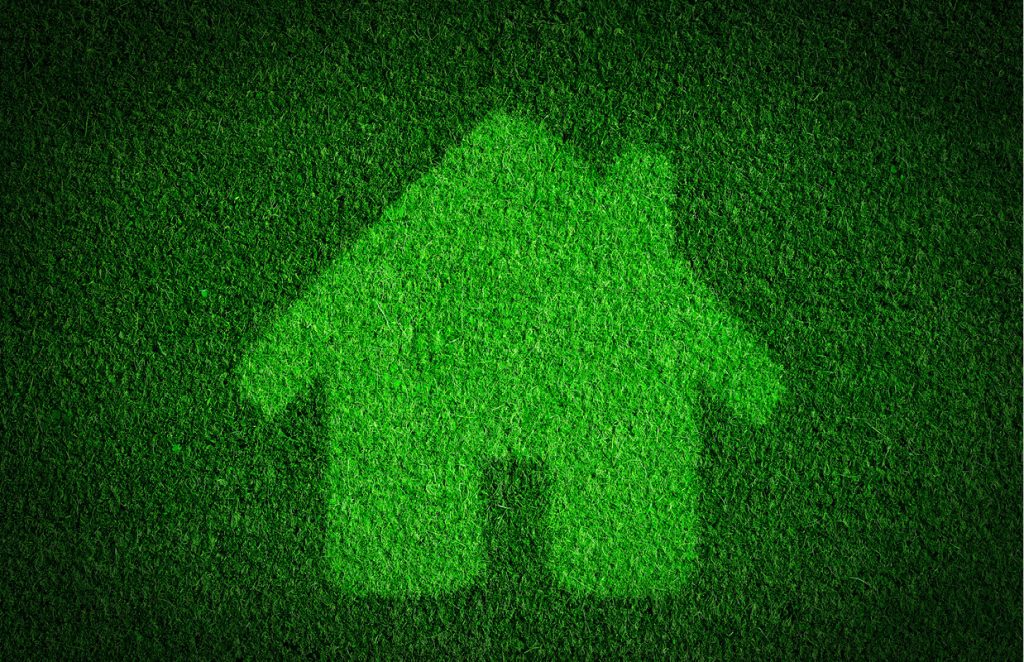 Check out these simple eco-friendly home improvements that will make your cozy abode even cozier.
Check out these simple eco-friendly home improvements that will make your cozy abode even cozier.
Let’s face it. We can all stand to be more energy-efficient. The New Year is a great time to take a step back and consider new ways to reduce our carbon footprint, save money on energy, and be a kinder, gentler citizen of Mother Earth. A great place to start is by calling in an expert to let you know where you currently stand with energy-efficiency. An “energy audit,” in which an energy professional inspects your home to determine where efficiency can be improved, can help you figure out which parts of your property need attention, where you can make slight improvements, and where you need to start from scratch. Here are a few overall tips that can help you take one step into a greener future.
Seal Things Up
Talk to your favorite home improvement contractor about plugging up any leaks that allow air to slip into your house and drive up your heating and A/C bills. Such leaks are often found around doors and windows. But there may be significant leakage in your basement or attic as well.
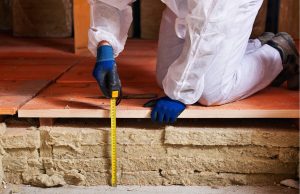 Insulate, Insulate, Insulate
Insulate, Insulate, Insulate
Proper insulation is huge. Kateri Callahan, president of the Alliance to Save Energy, estimates that half of the homes in the United States are under-insulated. Adding insulation keeps heat out in summer and cold out in winter, which can eliminate hot and cold pockets in your home and put less strain on your HVAC unit. That means a comfy house year-round.
Check Those Ducts
If you have a forced-air heating and cooling system, ducts carry hot or cold air to different parts of your house. The Environmental Protection Agency estimates that roughly a fifth of the air in those ducts escapes through leaks. Any home improvement contractor can use duct sealant to repair leaks in exposed ducts so you can stop paying to heat and cool the uninhabited areas of your home.
Install a Programmable Thermostat
Callahan recommends cutting energy costs with a programmable thermostat. Taking this one relatively small step can save about 10 percent on your heating and cooling bills. “Programmable thermostats pay for themselves literally in a matter of months,” she says.
Replace Leaky Doors and Windows
Celia Lehrman, deputy home editor at Consumer Reports, recommends well-constructed, energy-efficient wooden windows, rather than less-expensive aluminum-framed ones. If you don’t want to go to the expense of replacing all of your windows, another option is to add storm windows to your existing ones. “If your interior windows are in good shape, then a quick way to increase your energy efficiency without going through the expense and the mess of ripping out your current windows,” Celia says. Additionally, she says that hollow doors can allow hot or cold air to infiltrate your home. Energy-efficient models don’t allow air through, around, or under them, putting less strain on your HVAC system and keeping indoor temperatures more uniform.
Update Your HVAC System
Once you’re sure that your home is well sealed, consider replacing an outdated HVAC system with a more energy-efficient geothermal model. Although this can be a substantial investment, the right system added to your newly insulated home can dramatically reduce your monthly energy bills and pay for itself over time.
Develop a Composting Habit
Going green has everything to do with developing good habits. Bring your own reusable bags to the grocery store enough and it becomes second nature. The same goes for composting. Once you find positive uses for your kitchen scraps, it won’t be something you have to remind yourself to do.
“Organics that break down in a landfill produce methane gas, which is about 120 times more harmful than carbon dioxide,” says Cary Oshins, assistant director for programs at the United States Composting Council. And 35 million tons of kitchen waste ends up in US landfills each year. That’s your banana peels, apple cores, and coffee grounds polluting our planet. But composting kitchen waste is a win-win. You do something great for the planet, and you reap the benefits in nutrient-rich soil for your garden or house plants.
There’s no limit to sites on the web that can walk you through composting basics. Try HowtoCompost.org or HomeCompostingMadeEasy.com. But you should also consider a more exciting option and set up some vermicomposting bins (in your yard or garage) where earthworms take the fruit and vegetable scraps left over from last night’s dinner and turn it into worm casting, that “black gold” that home gardeners pay a pretty penny for at farmers’ markets. Find out how to start your own vermiculture at WormWoman.com or RedWormComposting.com. Of course, depending on your location, HOA, and level of enthusiasm, you can always run that kitchen waste through a couple of backyard chickens, and—voila—you’ve got eggs too! Find out more at BackyardChickens.com.
Install High-Efficiency Water Heaters
Water heating makes up for between 15 to 25 % of the annual energy usage in most homes. Installing high-efficiency, Energy Star rated water heaters can drive down home energy costs.
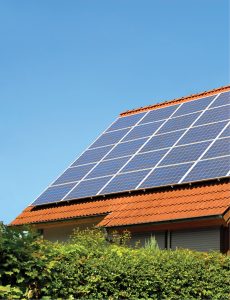 Invest in Solar Panels
Invest in Solar Panels
Of course, the Big Kahuna of green renovation projects is installing solar panels on your roof and taking advantage of all that glorious renewable energy lavished on us from our sun. As the production and sales of solar panels increases worldwide, the cost is continuing to fall. A report from the U.S. Department of Energy’s Lawrence Berkeley Laboratory showed that the cost of buying and installing solar panels fell 14 percent over the last twelve months, for the average residential system, and is actually lower in Texas (where sunshine is so wonderfully abundant) than in any other state. With state and federal sales tax rebates, many homeowners find they can install residential solar panels far more cheaply than they ever dreamed—and begin saving on energy bills while significantly reducing their overall impact on the planet.
And if a home sale is in your near or distant future, all these energy upgrades can attract energy-conscious homebuyers. One study conducted at the University of California at Berkeley and the University of California at Los Angeles measured the effect of green home improvements on the price of a house.
Using an average home price of $400,000, they found that in their most conservative estimate, homes with a “green home” label sold for at least $8,400 more than homes without that designation, a 2.1 percent premium. When you add that to the money you can save on energy bills during your time left in the house, and the satisfaction of knowing you’re living more responsibly, there are plenty of reasons to consider resolving to take care of some or all of these changes during 2016.
By Mimi Greenwood Knight





